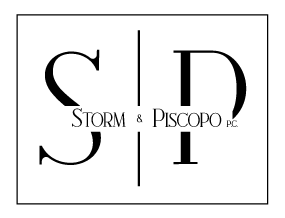Zoning is a critical aspect of land-use planning that all property owners must adhere to. “Zoning” refers not only to the types of improvements that may be built and activities that may be conducted in certain districts but also matters such as setback, height and lot coverage ratio requirements.
Certain properties can make it difficult for property owners to meet the strict standards of zoning ordinances. While rezoning the property or changing the ordinance is usually not practicable, the law does require local governments to allow an improvement that does not comply with the zoning requirements under the right circumstances. Such an allowance is called a “variance.”
Property owners can only obtain variances under certain circumstances
Zoning boards only grant variances in specific circumstances. The general criteria which boards across Illinois consider when determining whether to grant a variance include:
- The applicant faces practical difficulties or particular hardship in carrying out the strict letter of the zoning regulation;
- The property cannot yield a reasonable return if permitted to be used only under the zoning regulations;
- The plight of the owner is due to unique circumstances; and
- The variance requested will not alter the essential character of the locality.
For example, a business cannot often request a variance to establish itself in a residential zone. While variances can be used to request a different land use, they are more commonly used when property owners face physical challenges with the land, such as a strangely shaped lot or geographic formations.
What must property owners do to obtain a variance?
When requesting a variance, property owners must take great care. They have the burden of proof. So, in Kane County, property owners must show their request meets the above criteria by showing that the variance will not:
- Impair the access to light and air for the surrounding properties;
- Increase fire hazards or other hazards to surrounding properties;
- Reduce the value of the surrounding properties;
- Increase traffic or other hazards; or
- Negatively impact public health, safety and comfort.
Other counties and municipalities require evidence with regard to these or similar factors.
Essentially, property owners must:
- Show precisely how and why it will be difficult to follow the standards and regulations of the zoning ordinance; and
- Prove that the variance will not create excessive changes or impacts on the area around it.
It is important to note that each county and municipality in Illinois has its own requirements for property owners requesting a variance, which may be similar to others but may also be very different. They may also have different procedures in applying for and receiving variances. Therefore, property owners must review the regulations for their specific jurisdiction to see what they will need to apply for a variance.
To obtain a variance, a property owner must apply for it, pay a fee, and supply the plans and other documents the local government requires. Some village staffs will help the applicant prepare the application and supporting documents, but the applicant must still pursue her own case. Notice of a hearing before the board of zoning appeals must be given to neighboring property owners and published in the local newspaper. This is usually done by the local government. Anyone may appear at the meeting of the board of zoning appeals and state whether and why he or she supports or opposes the proposed variance.
Obtaining a variance can be a complex legal process, and property owners often experience pushback from the surrounding property owners or the board. Accordingly, property owners should have good knowledge of what they are proposing, their unique circumstances, and how the proposed variance fits with, and does not detract from, the character of the municipality or county.

